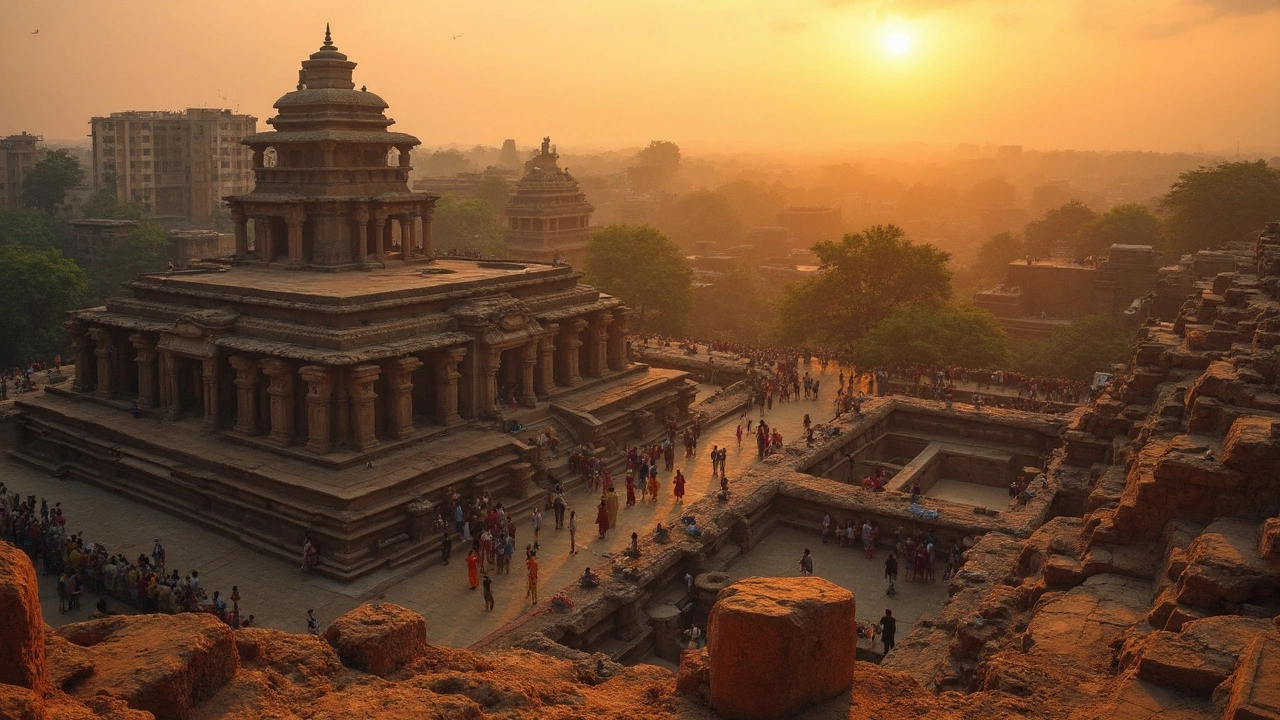SEARCH
Cultural Preservation in India: Why Your Trip Matters
If you think travel is just about selfies and sightseeing, think again. Every time you visit a historic town, a tribal festival, or a local craft workshop, you’re actually supporting the people who keep those traditions alive. In India, where centuries‑old customs sit side by side with modern life, responsible tourism can be a powerful tool for cultural preservation.
Visit UNESCO Heritage Cities and Give Back
Places like Jaipur, Hampi, and Khajuraho aren’t just pretty backdrops for photos. They’re living museums, and the money you spend on entry fees, local guides, and authentic food goes straight into conservation projects. When you buy a ticket to a heritage site, a portion of that fee often funds restoration work, staff salaries, and community outreach. Even a small contribution adds up because these sites receive millions of visitors each year.
Want a quick win? Choose a local guide who’s certified by the state tourism board. They know the stories behind the monuments and can point out hidden details you’d miss on your own. Plus, hiring them directly supports families in the area, helping them stay rooted to their hometowns instead of moving to bigger cities for work.
Support Traditional Arts and Handicrafts
India’s crafts range from Kashmiri shawls to Tamil bronze idols. Most artisans work from home or small workshops, and their income depends on tourists buying genuine pieces. Look for items that come with a certificate of authenticity or a label that says "Made in India" with the artisan’s name. Avoid mass‑produced souvenirs that scream "factory" – those don’t help preserve the skill.
Another simple tip: attend a live demonstration. In Kerala, you can watch a weaving session and even try your hand at it. In Rajasthan, many villages host pottery days where you can shape a clay pot under the guidance of a master potter. These experiences not only teach you something new, they give artisans a reason to keep practicing their craft.
Beyond buying, you can share what you learn. Post a story about a local festival you attended, mention the name of the community, and tag the region. Social media exposure often draws more curious travelers, which means more income for the locals. Just keep it respectful – avoid oversharing sacred rituals that aren’t meant for public eyes.
Finally, respect the sites. Stick to marked paths, don’t touch delicate carvings, and follow any photography rules. Damaging a centuries‑old wall can cost thousands to repair, and that money could have gone to other preservation work.
Traveling with cultural preservation in mind doesn’t require a massive overhaul of your itinerary. A few conscious choices – picking the right guide, buying authentic crafts, and behaving responsibly – can make a real difference. So next time you plan a trip to India, think of yourself as a partner in keeping its rich heritage thriving for generations to come.

Endangered Treasure: India's Imperiled World Heritage Sites
India's World Heritage Sites face numerous threats, which jeopardize their cultural and historical significance. Many of these sites require urgent preservation efforts to prevent irreversible damage. Addressing issues like urban encroachment, pollution, and climate change is critical to safeguarding these treasures. By understanding the challenges and potential solutions, we can contribute to preserving these irreplaceable landmarks. Discover which sites are most at risk and what can be done to protect them.
Continue reading